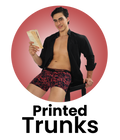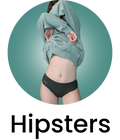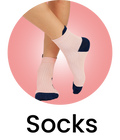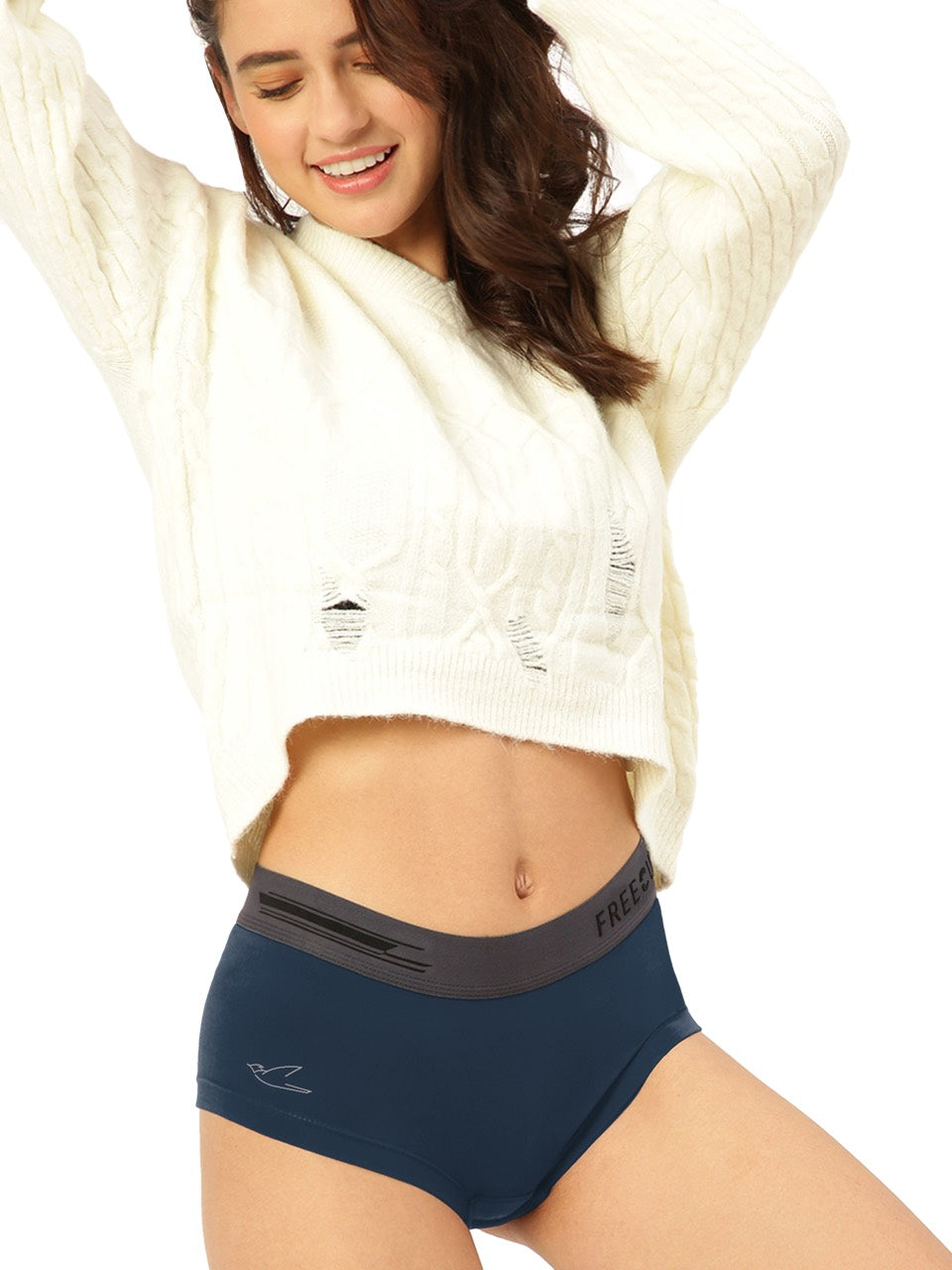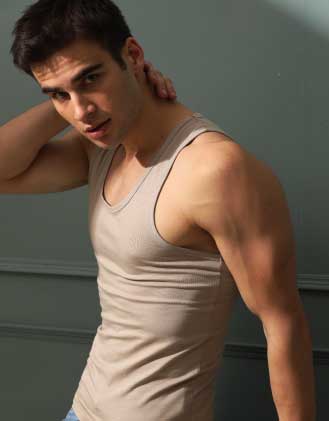Comfort vests, initially designed for calming sensory overload, are experiencing a surge in popularity beyond their original purpose. The rising trend of weighted wearables for anxiety management, athletic recovery. Even focus enhancement is creating a demand for innovative applications. But how do you move beyond simply wearing one? This exploration delves into eight unexpected and creative uses, from aiding in restorative yoga poses for deeper relaxation to providing proprioceptive feedback during physical therapy exercises. We'll examine how strategically incorporating vests can augment existing therapies, improve focus in learning environments. Even enhance artistic expression, offering a new perspective on harnessing the power of deep touch pressure for a variety of needs.

Understanding Comfort Vests: A Primer
Comfort vests, also known as weighted vests, have moved beyond their initial use as therapeutic tools for individuals with sensory processing disorders, autism. Anxiety. While they still excel in these areas, their benefits have been recognized and incorporated into various other applications, making them a versatile aid for a diverse range of needs. The core principle behind a comfort vest is deep pressure stimulation (DPS), sometimes referred to as deep touch pressure (DTP). This involves applying gentle, distributed pressure to the body, which can have a calming and grounding effect.
How DPS Works: DPS stimulates the release of neurotransmitters like serotonin and dopamine, which are associated with feelings of well-being and relaxation. It can also lower cortisol levels, the hormone associated with stress. The consistent pressure provides proprioceptive input, helping individuals to better interpret their body's position in space, which can be particularly beneficial for those with sensory processing challenges.
Types of Comfort Vests: Comfort vests come in various styles and weights. Adjustable vests allow for customization of the weight, while others are pre-weighted. Materials range from breathable mesh to durable fabrics like canvas. Choosing the right vest depends on the intended use, the individual's size and weight. Their personal preferences.
Enhanced Focus and Productivity
One of the most popular applications of comfort vests outside of therapeutic settings is in boosting focus and productivity. The gentle pressure can help to reduce distractions and promote a sense of calm concentration. This is particularly useful for students, professionals working in busy environments, or anyone who struggles with attention deficits.
Real-World Example: Sarah, a software developer, found herself constantly getting sidetracked by notifications and office chatter. After using a comfort vest, she reported a significant improvement in her ability to stay on task. "It's like a gentle hug that helps me tune out the noise and really focus on my code," she explained.
Comparison to Other Focus Aids: While noise-canceling headphones and mindfulness apps can also enhance focus, a comfort vest provides a constant, tactile sensation that many find more effective. Unlike caffeine or other stimulants, it offers a non-pharmacological approach to improving concentration.
Alleviating Travel Anxiety
Travel, especially flying, can be a source of significant anxiety for many people. The enclosed spaces, crowds. Unfamiliar environments can trigger feelings of unease and panic. A comfort vest can provide a sense of security and grounding during travel, helping to mitigate these anxious feelings.
How it Helps: The deep pressure stimulation can calm the nervous system, reducing the physical symptoms of anxiety such as rapid heartbeat, shallow breathing. Sweating. It can also provide a comforting and familiar sensation in an otherwise unsettling environment.
Practical Tips: When using a comfort vest for travel, it’s crucial to choose a lightweight and discreet option. Consider wearing it during the most stressful parts of the journey, such as boarding and takeoff. Informing airport security about the vest beforehand can also help to avoid any unnecessary delays.
Supporting Individuals with ADHD
Attention-Deficit/Hyperactivity Disorder (ADHD) is characterized by difficulties with attention, impulsivity. Hyperactivity. Comfort vests can be a valuable tool in managing some of these symptoms, particularly in children and adolescents.
Mechanism of Action: The deep pressure stimulation provided by the vest can help to regulate sensory input, which can be dysregulated in individuals with ADHD. This can lead to improved focus, reduced impulsivity. A greater ability to sit still and concentrate.
Case Study: A study published in the American Journal of Occupational Therapy found that weighted vests improved in-seat behavior in children with ADHD. The study participants showed a marked decrease in fidgeting and an increase in their ability to focus on classroom tasks.
Managing Sensory Overload
Sensory overload occurs when the brain is overwhelmed by sensory input, leading to feelings of anxiety, discomfort. Even panic. This can be a common experience for individuals with autism, sensory processing disorder, or PTSD. Comfort vests can act as a buffer against sensory overload by providing a calming and grounding sensation.
Applications in Different Environments: In crowded or noisy environments like shopping malls or concerts, a comfort vest can help to filter out extraneous sensory data and create a sense of personal space. This can make these environments more manageable and less overwhelming.
Integration with Other Sensory Tools: Comfort vests can be used in conjunction with other sensory tools, such as noise-canceling headphones or fidget toys, to create a comprehensive sensory toolkit. This multi-faceted approach can be particularly effective in managing sensory overload.
Enhancing Athletic Performance and Recovery
While not as widely known, comfort vests have found a niche in the athletic community. Athletes use weighted vests during training to increase the intensity of their workouts and improve strength and endurance. They can also be used during recovery to promote relaxation and reduce muscle soreness.
Training Benefits: Wearing a weighted vest during exercises like squats, lunges. Push-ups increases the load on the muscles, leading to greater strength gains. It can also improve cardiovascular fitness by increasing the body's energy expenditure.
Recovery Applications: After intense workouts, a comfort vest can help to reduce muscle tension and promote relaxation. The deep pressure stimulation can improve blood flow and reduce inflammation, aiding in the recovery process.
Supporting Emotional Regulation
Comfort vests can be a powerful tool in supporting emotional regulation, particularly for individuals who struggle with anxiety, anger, or emotional dysregulation. The deep pressure stimulation can have a calming effect on the nervous system, helping to reduce feelings of overwhelm and promote emotional stability.
Practical Application: When feeling anxious or overwhelmed, wearing a comfort vest can provide a sense of security and grounding. It can act as a physical reminder to slow down, breathe deeply. Engage in other coping strategies.
Integration with Therapy: Comfort vests can be used as part of a comprehensive therapeutic approach, in conjunction with techniques like cognitive behavioral therapy (CBT) or mindfulness-based stress reduction (MBSR). They can help to create a physical sense of safety and security, making it easier to engage in therapeutic processes.
Comfort Vests in Fashion and Style
Believe it or not, comfort vests are slowly making their way into the world of Fashion. Designers are starting to incorporate the principles of weighted garments into stylish and functional pieces. While the primary goal isn't always therapeutic, the added weight can provide a unique sensory experience that some find comforting and grounding. This trend caters to individuals looking for both Style and a sense of calm in their everyday wear.
Examples of Fashionable Adaptations:
- Weighted Jackets: These look like regular jackets but have strategically placed weights for a subtle calming effect.
- Weighted Shawls: Perfect for a cozy and stylish layer that provides gentle pressure.
- Weighted Accessories: Think weighted scarves or even gloves that offer a discreet way to experience the benefits of deep pressure stimulation.
As the awareness of sensory needs grows, we can expect to see more innovative and stylish ways to incorporate weighted elements into clothing, blurring the lines between therapeutic aids and mainstream Fashion.
Conclusion
The comfort vest, once relegated to niche uses, is rapidly becoming a versatile tool for managing everything from sensory overload to everyday anxiety. We've explored diverse applications, highlighting its potential in aiding focus at work, easing travel anxieties. Even enhancing relaxation at home. As we move forward, expect to see comfort vests integrated even further into wellness routines. My personal experience suggests pairing your vest with mindfulness exercises for amplified effects. Don't be afraid to experiment with pressure levels to find your optimal setting. Ultimately, the comfort vest is a personalized haven. Embrace its potential to unlock a calmer, more centered you. With continued innovation and increased awareness, the possibilities for comfort vests are truly limitless, paving the way for a future where personalized comfort is accessible to all.
More Articles
5 Benefits of Wearing Underskin for Ultimate Comfort
Women's Cotton Boy Shorts – No Panty Lines & Breathable Comfort
Seamless Boy Shorts for Women Comfortable – No Panty Lines & All-Day Wear
Comfortable Briefs for Men Daily Wear – Soft Cotton & Supportive Fit
FAQs
Okay, comfort vests sound interesting. Are they just for sensory issues? What else can they do?
Great question! While they're fantastic for folks with sensory sensitivities, comfort vests can do so much more. Think stress relief, anxiety reduction, even help focusing during tasks that require concentration. It's like a hug you can wear!
So, you mentioned creative uses. Can you give me a really out-there example?
Alright, get this: some people use them to help manage restless leg syndrome! The gentle pressure can provide a calming sensation that reduces the urge to move. It's not a cure-all. It's worth a shot!
How do I know if a comfort vest is actually helping and not just... Me feeling weird?
That's a valid concern! Pay attention to your body. Are you feeling calmer? More focused? Less anxious? Keep a journal if it helps. It's also essential to not wear it all the time. Give your body breaks so it doesn't become desensitized.
Can I wear a comfort vest while exercising? Seems counterintuitive. You never know...
Hmm, generally, I wouldn't recommend it for intense exercise. You don't want to overheat! But, for something like a calming walk or gentle stretching, it might be beneficial. Just listen to your body and prioritize safety!
Are there different types of comfort vests? Or are they all pretty much the same?
Definitely different types! Some are weighted, some are inflatable. Some are just made of super soft, comforting fabric. The best one for you depends on your needs and preferences. Experiment a little!
What about using them for travel? Airplane anxiety is a real thing!
Absolutely! A comfort vest can be a lifesaver on a plane. The gentle pressure can help ease anxiety and promote a sense of calm during takeoff, turbulence. General travel stress. Just be sure it's TSA-friendly!
Okay, last one: can kids use comfort vests? My little one gets overwhelmed easily.
Yes, kids can definitely benefit from comfort vests! In fact, they're often used to help children with autism or ADHD manage sensory overload and improve focus. Just make sure you get the right size and weight for their age and build. And, as always, consult with their pediatrician or therapist first.
